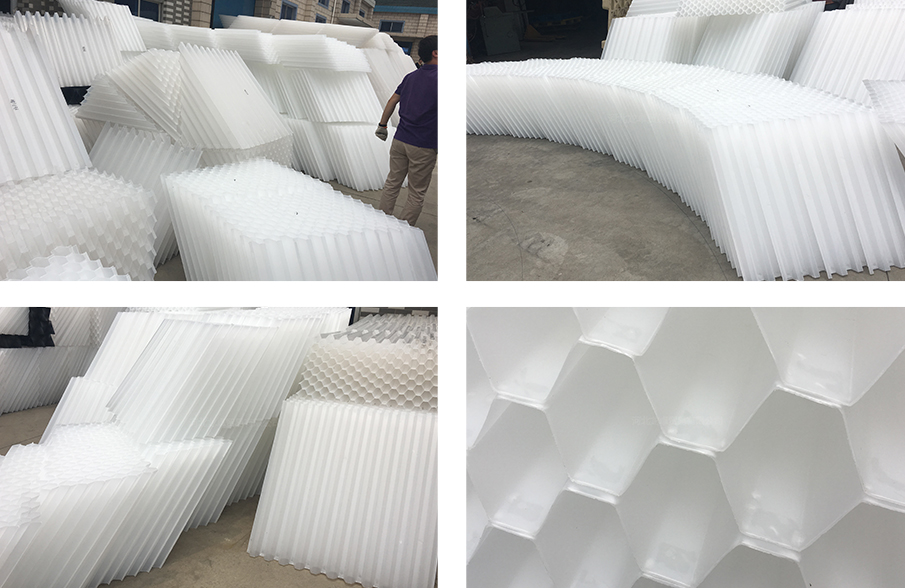Tube Settlers Which are also Known as Plate Settlers or Lamella Clarifiers are Used in Drinking- and Wastewater Treatment Plants to Settle out Suspended Solids.

Depending on the application the TSS (total suspended solids) loading can vary between 50 to 500mg/l or more. When the solid settling force is higher as all drag forces, solids will settle down on the channel surface of the tube settler, accumulate with other solids and slide down as sludge.
Tube settlers are designed to provide as much settling surface as possible but at the same time they must prevent channel clogging. To reduce the risk of clogging, tube settlers usually have the following design features:
· Polypropylene or PVC material with lubricating additives to provide a smooth, antifriction surface
· 60-degree channel inclination to create a counter current flow of water and sludge. Compared to a vertical channel, particles settle faster within 60degree inclined channels because settling solids do not interfere with raising obstacles.
· Channel sizing or plate distance varies depending on the application and TSS loading
· Channel geometry includes a V-shaped groove for sludge accumulation and sliding
However, even the best tube settler design might clog if not regularly maintained. Depending on the application tube settlers should be checked between once per month and once per year. If the water turbidity is so high that tube settlers are not visible from the water surface, the basin must be drained so that the water level is at least underneath the tube settler blocks. Alternatively, tube settler basins can be equipped with a single retrievable tube settler block which allows inspection of sludge accumulation during operation and without basin dewatering.